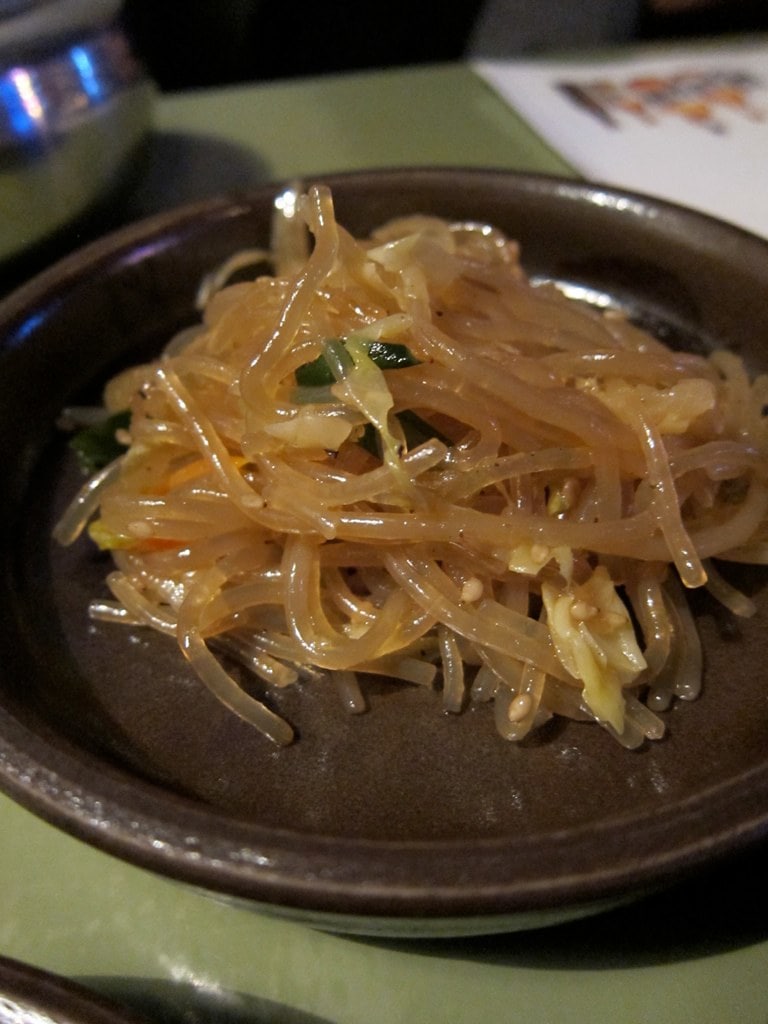
A Noodle Dish that Originally Had Zero Noodles.
Japchae, which is a stir-fried glass noodle dish meaning “mixture of vegetables,” is one of the most popular dishes in Korean cuisine. Interestingly, japchae history dates back to the 17th century when noodles were not even in the recipe.
Japchae History, from a Vegetable Dish to Today’s Noodle Dish
The Origins of Japchae
The history of japchae goes as far back as the 17th century during the Joseon Dynasty under the reign of King Gwanghae.
One of the king’s subjects, Yi Chung, created a new dish for a royal banquet which he named japchae because as the name translates was made from a mixture of vegetables – stir-fried cucumbers, radish, and mushrooms to be exact.
It’s important to note at that time vegetables dominated Korean cuisine as slaughtering cattle for food was prohibited in accordance with Buddhist beliefs.
King Gwanghae enjoyed the dish so much that he promoted Yi Chung to hojo panseo, which can be considered the equivalent to Secretary of Treasury, a high government position. As for japchae, it became a staple in the royal court as a luxurious dish only served to the royal family and senior officials.
Evolving Japchae with Noodles & Meat
The japchae we know of today with noodles and meat came about 200 years after it was first created.
Mongols brought their wheat, buckwheat, and sweet potatoes to Korea along with their cuisine of beef and pork. In 1919, the first sweet potato noodle factory opened in North Korea. The translucent potato starch noodle along with the addition of beef was mixed into japchae and the dish popularized in the 1930s.
Today’s Japchae
Today, the traditional plate of japchae consists of vegetables stir-fried with and glass noodles made from potato starch and mixed together with sesame oil, soy sauce, and a touch of sugar.
Japchae can be either a main dish or a side dish, known locally as banchan, and it can be served hot off the pan or cold from the fridge. The noodles are so famous that they can be both an everyday dish and also a celebration dish because, like in many other Asian countries, noodles mean long life.
Sign up for my newsletter on the sidebar for blog updates and my travel insider tips! And, check out my vlogs on YouTube!


